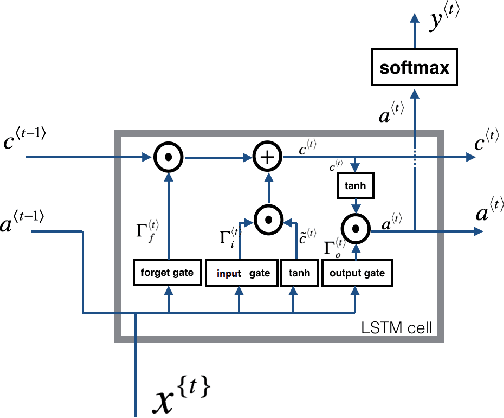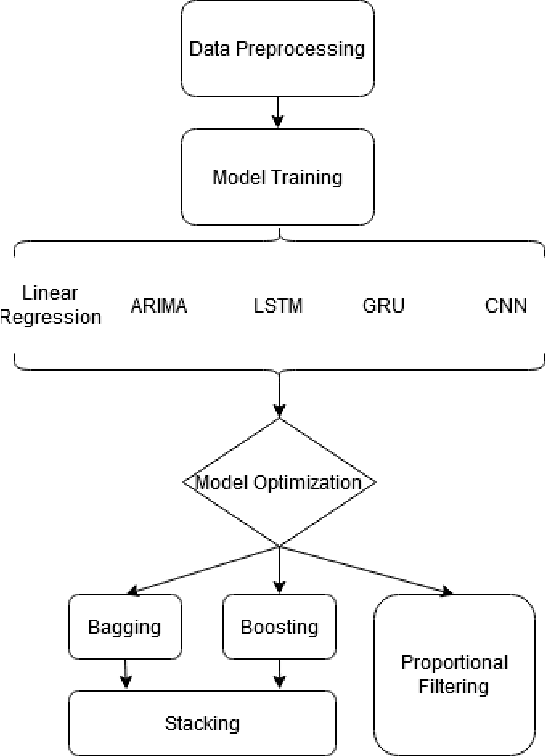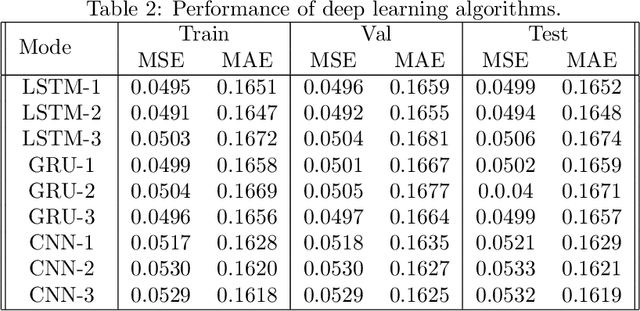Different Approaches Towards Vertical Track Irregularity Prediction -- A Comparative Study
Paper and Code
Dec 05, 2020



Railway systems require regular manual maintenance, a large part of which is dedicated to track deformation inspection. Such deformation might severely impact trains' runtime security, whereas such inspections remain costly as for both finance and manpower. Therefore, a more precise, efficient and automated approach to detect potential railway track deformation is in urgent needs. In this paper, we proposed an applicational framework for predicting vertical track irregularities. Our researches are based on large-scale real-world datasets produced by several operating railways in China. We explored several different sampling methods and compared traditional machine learning algorithms for time-series prediction with popular deep learning techniques. Different ensemble learning methods are also employed for further optimization. The conclusion is reached that neural networks turn out to be the most performant and accurate.
 Add to Chrome
Add to Chrome Add to Firefox
Add to Firefox Add to Edge
Add to Edge